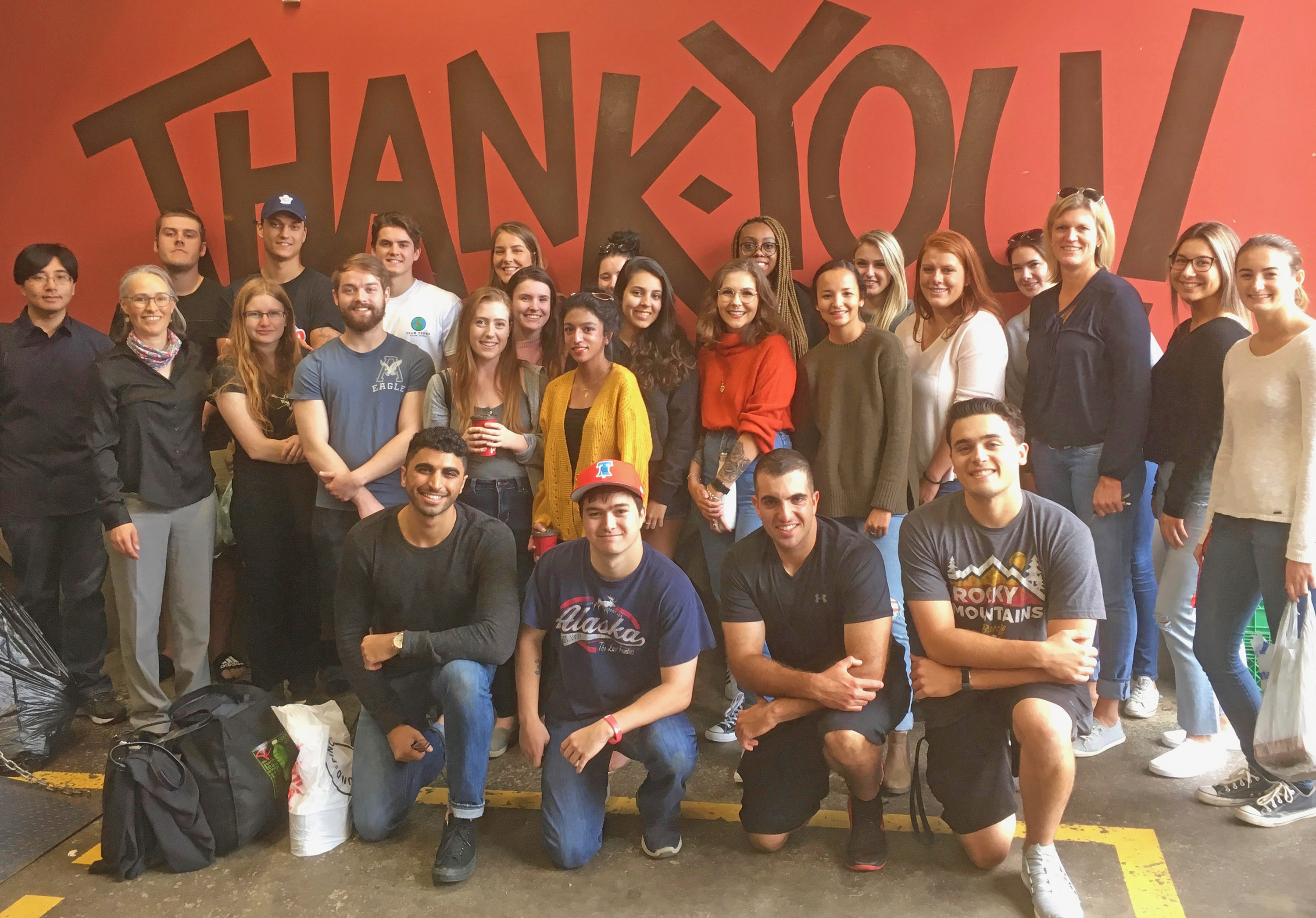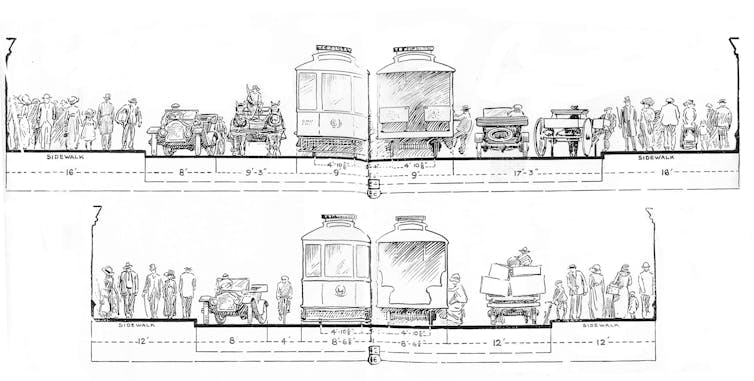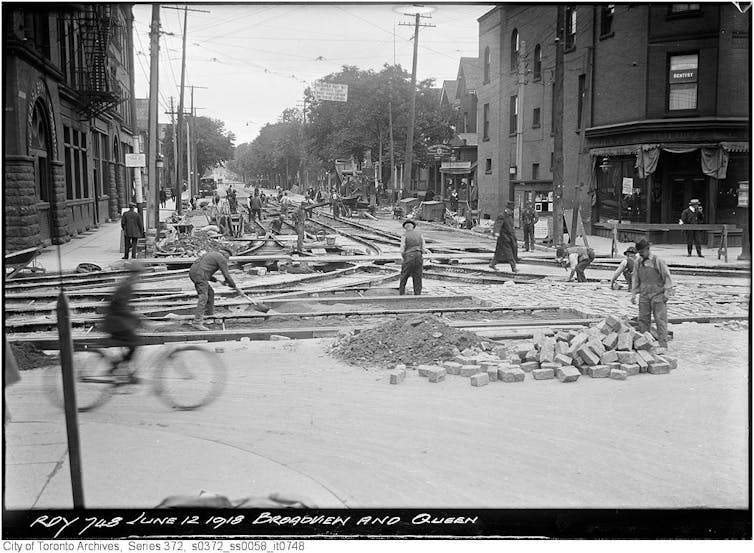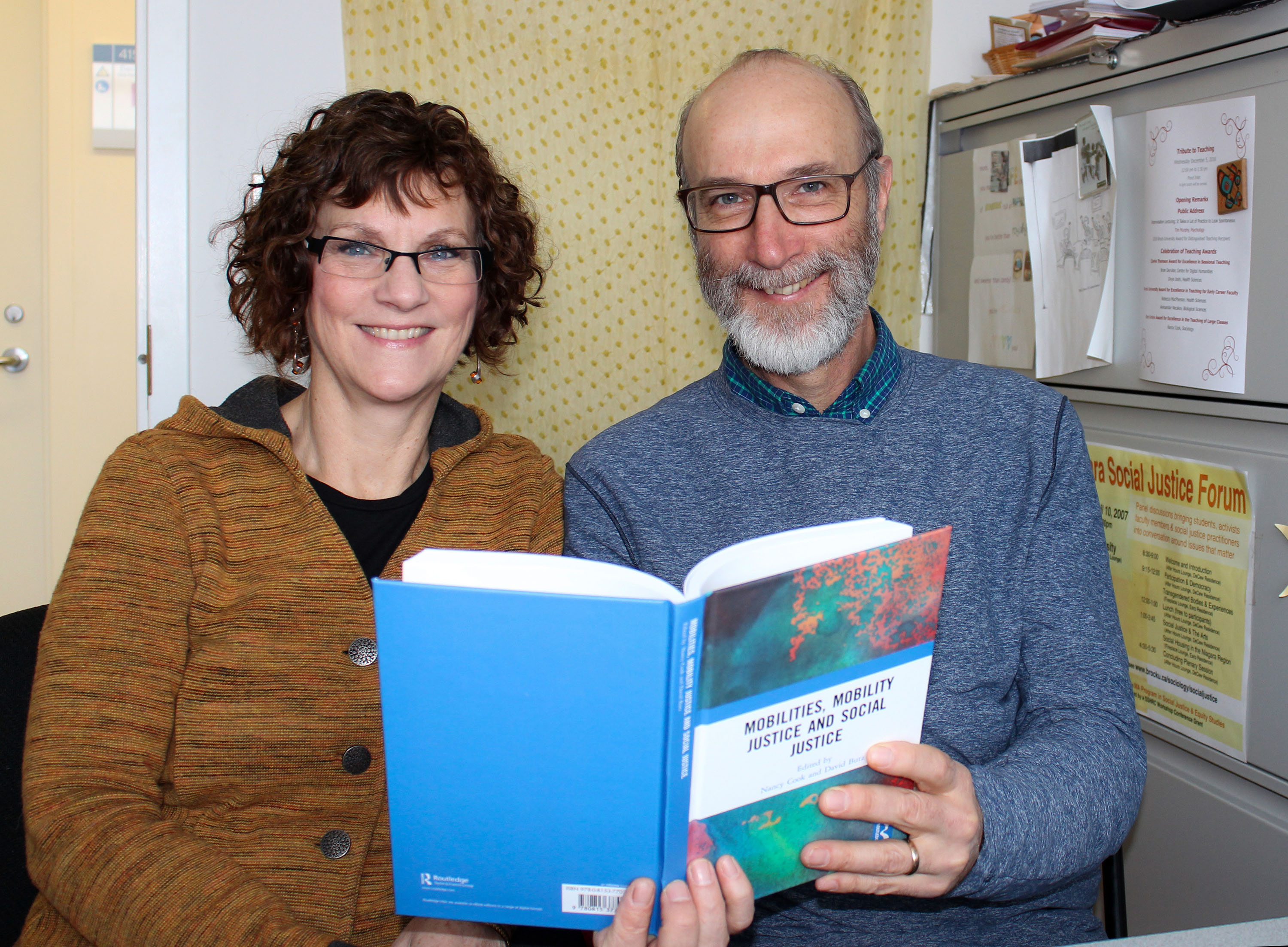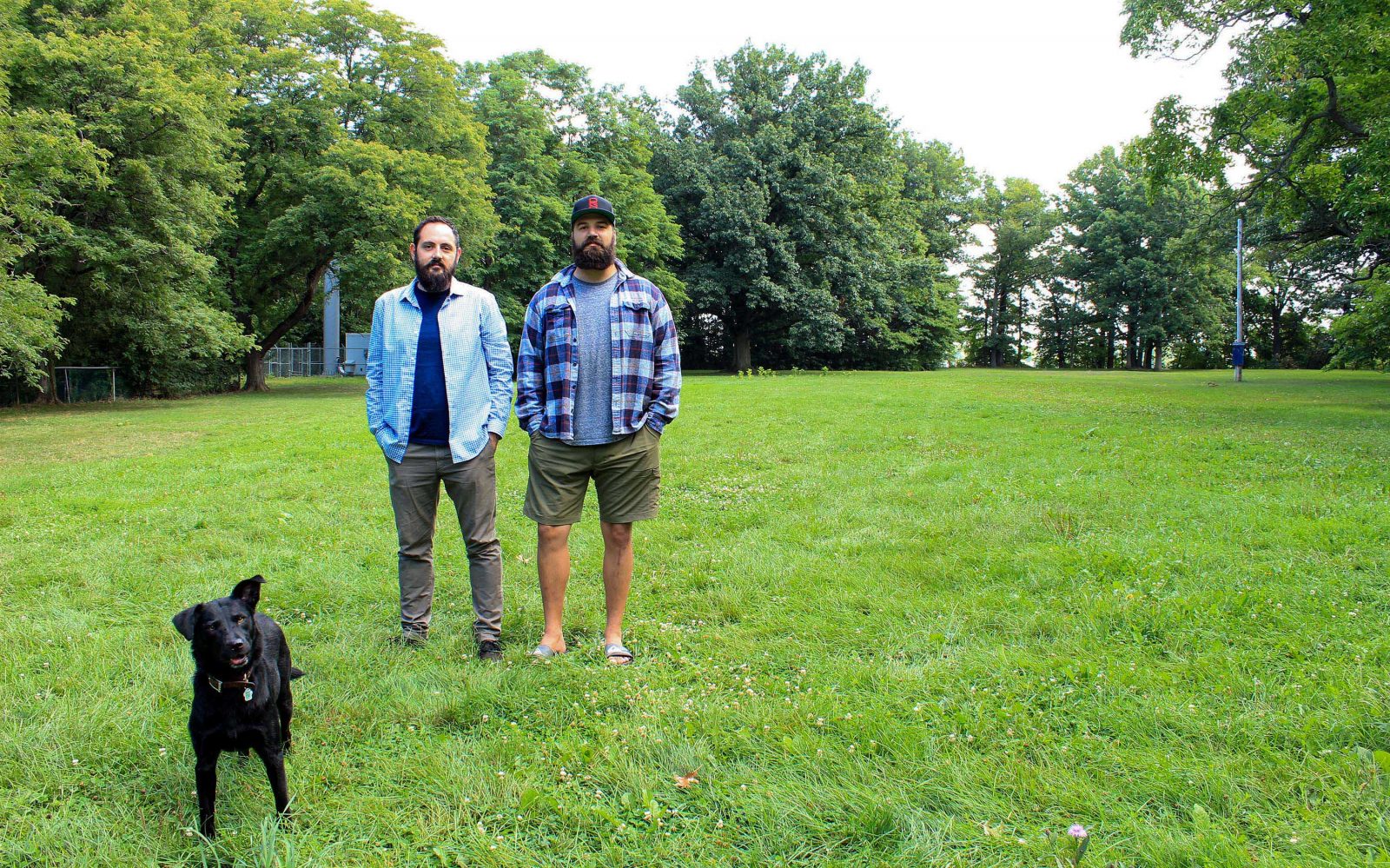The Department of Geography and Tourism Studies would like to congratulate our Master of Arts in Geography student, Aaron Nartey, on receiving a Faculty of Social Sciences Student Research Award for his proposed Major Research Paper project titled “Return Migration of Ghanaian Immigrants”.
Geography graduate student wins best paper award
awards, geography, graduate studies, Human Geography, MA Geography
Categories: News

